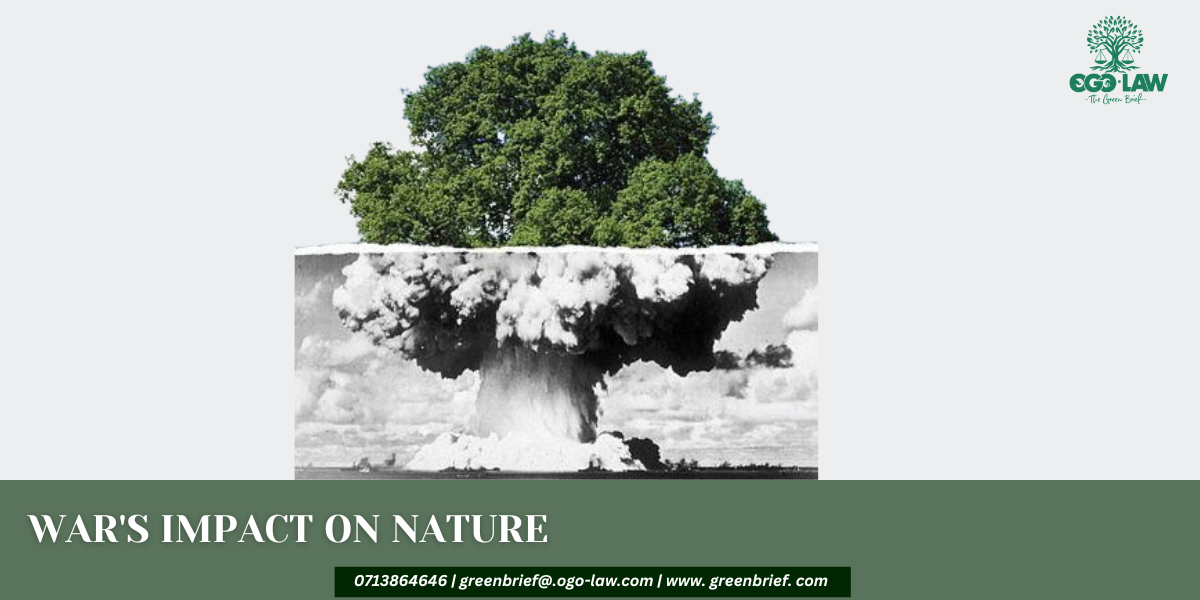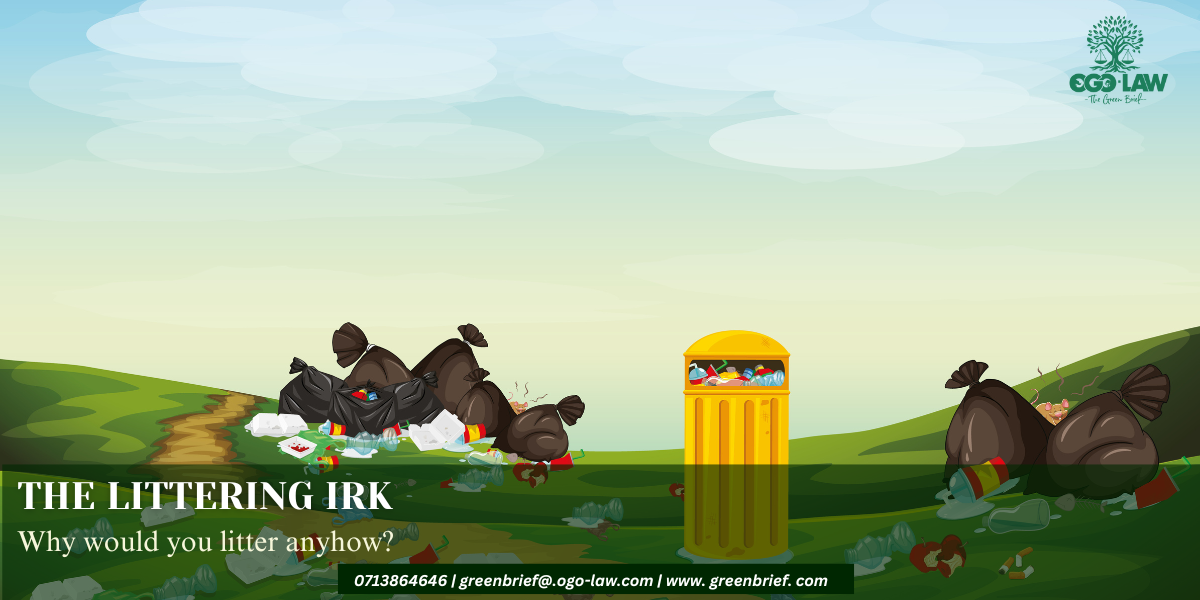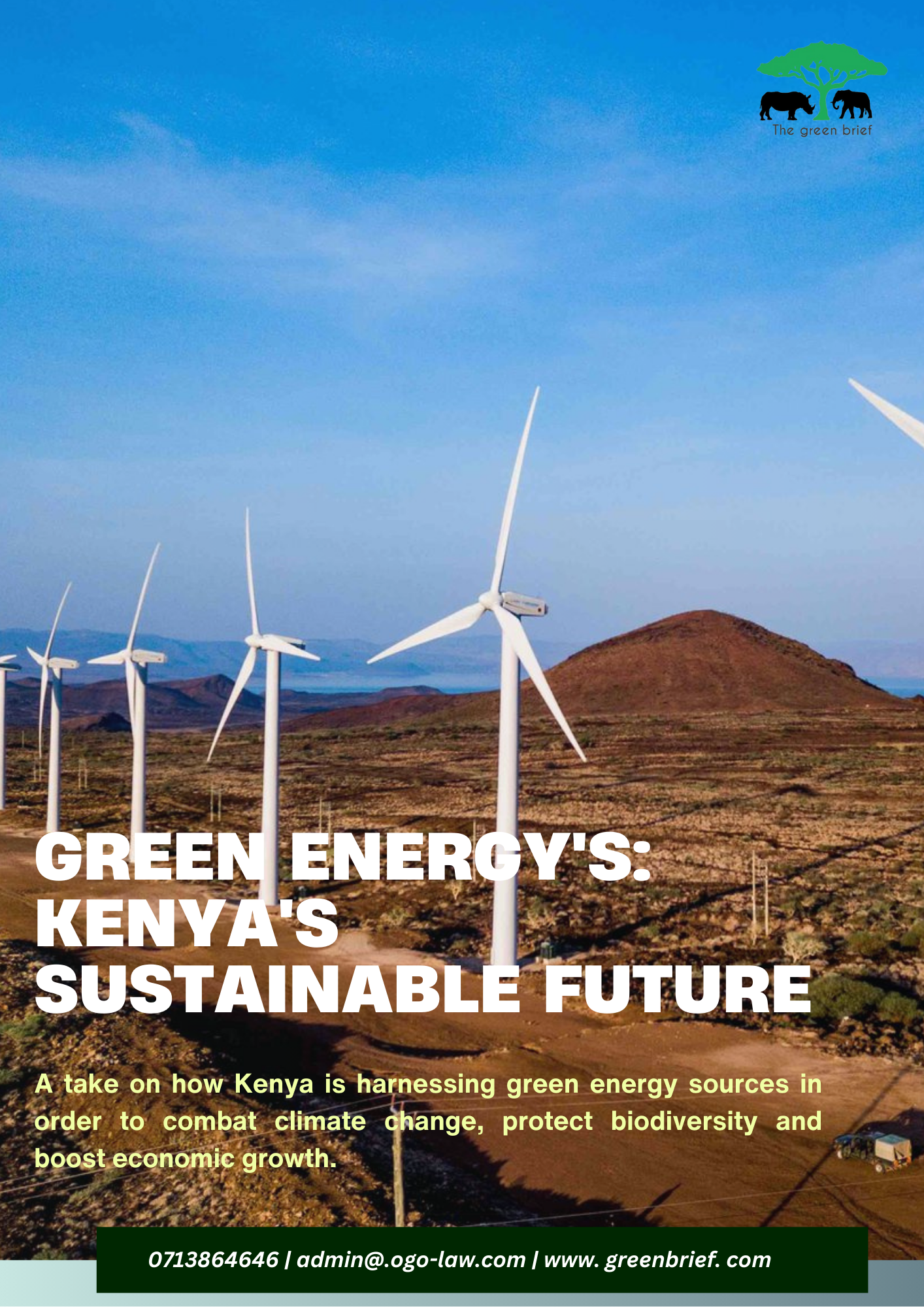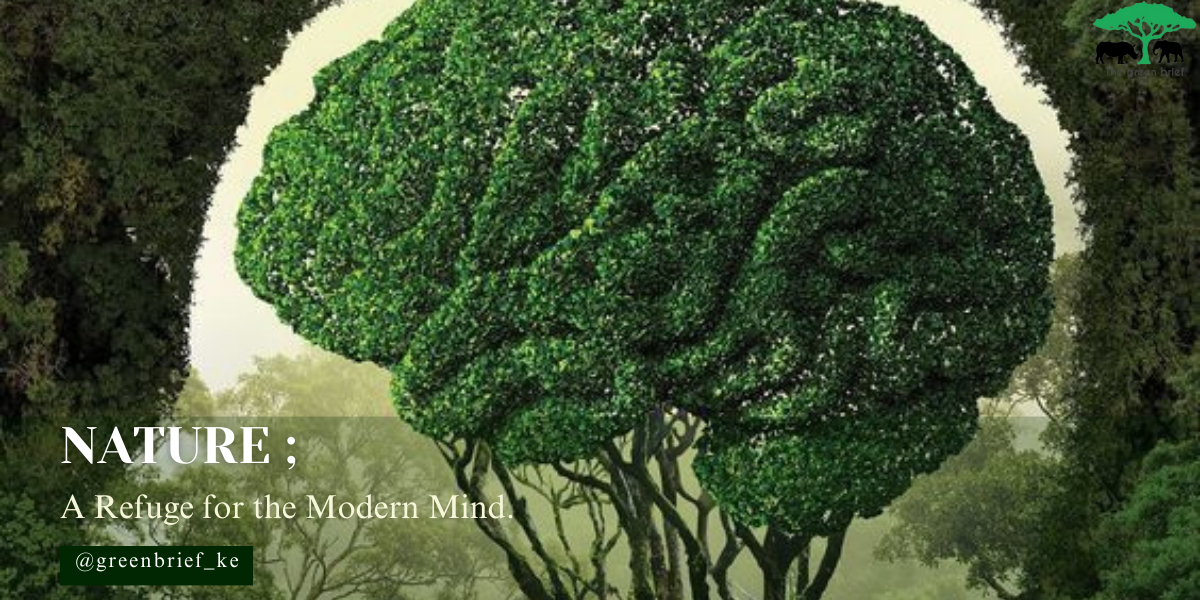The stories of war are often told through the lens of human suffering and geopolitical struggle. We see shattered cities, displaced populations, and the immense cost of conflict in terms of lives and livelihoods. Yet, beneath the headlines of destruction, another story unfolds , one of silent and profound devastation to the natural world. The effects of war on nature are not a secondary concern but a direct and integral part of the tragedy, impacting trees, animals, and birds in ways that can take generations to heal.
One of the most visible casualties of war is the forest. Trees and dense woodlands provide cover for combatants and are often intentionally cleared by military forces using defoliants or fire to deprive the enemy of a hiding place. The result is a scorched, barren landscape where life can no longer thrive. Beyond direct destruction, the indirect impacts are equally severe. Displaced populations, fleeing violence and with no access to basic resources, often resort to cutting down trees for firewood and building shelter. This unsustainable logging leads to massive deforestation, as seen in many conflict zones around the world, and accelerates environmental crises like soil erosion and desertification. The destruction of forests removes the very foundation of countless ecosystems, disrupting the delicate balance that supports all life within them.
The animal kingdom also suffers immensely from the chaos of conflict. Direct harm comes from explosions and gunfire, which kill wildlife indiscriminately. But the more pervasive damage comes from the disruption of natural behaviors. The constant noise of battles, military vehicles, and low-flying aircraft disorients animals, affecting their ability to hunt, mate, and communicate. As habitats are destroyed, animals are forced to abandon their territories, leading to mass displacement and increased competition for dwindling resources. This displacement can also lead to the spread of disease as different populations are forced into close contact. In many conflict-affected regions, the breakdown of law and order enables a surge in illegal poaching, with animals hunted for bushmeat to feed hungry masses or trafficked to fund illicit arms. The combination of habitat loss, stress, and unregulated hunting can push already vulnerable species to the brink of extinction.
Birds, in particular, face unique threats that highlight the far-reaching consequences of war. For migratory species, the very routes they have followed for millennia can become deadly. The destruction of crucial rest stops, known as stopover sites, and the widespread contamination of land and water with toxins and unexploded ordnance can make their long-distance journeys impossible. When their habitats are destroyed, birds may be unable to find suitable nesting sites, leading to failed breeding seasons and population declines. The constant human activity and noise pollution can also disturb their flight paths, forcing them to expend valuable energy taking longer, more dangerous detours. Ultimately, a war fought on the ground can have ripple effects that reach far into the sky, disrupting the intricate web of life that depends on these resilient travelers.
The environmental scars of war run deep, touching everything from the roots of ancient trees to the migratory patterns of birds. The suffering of the natural world is intrinsically linked to human conflict, and any effort to rebuild a post-war society must also include a commitment to healing the land. By acknowledging these silent victims and understanding the true cost of destruction, we can begin to see that lasting peace requires not only restoring human communities but also rehabilitating the ecosystems that sustain them.





